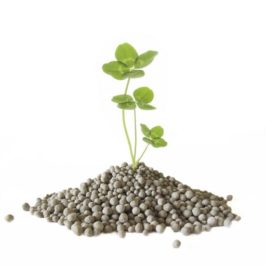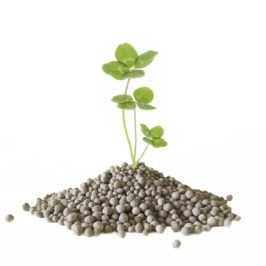Continued from 15th July 2014
I’m writing this “understandable” series because fertiliser is one of the largest expenses on the farm and I strongly believe that as a farmer you should take ownership of your soil test, after all it’s your farm. You owe it to your farm to be able to look at your soil test, along with any fertiliser recommendation, and decide “Does it make sense”? If you don’t understand the recommendations then ask questions until it does, remember it’s your money!
It will definitely help if you have one of your recent soil tests to refer to as we continue from part one where we covered pH, Olsen P, Resin P, Total P, and in part two K, Ca, Mg and Na. If you would like copies of part one & two please phone Sandra on (06) 858 5235.
Cation Exchange Capacity. Abbreviated to CEC.
To understand CEC we first need to look at:-
(1) Cations. Most nutrients that are considered to be ‘plant available’, exist in the soil as a electrostatically charged mineral. Potassium, Calcium, Magnesium and Sodium are the major positively charged plant nutrients which are known as “Cations”. These are held weakly bonded, to the negatively charged particles in the soil. These Cation nutrients, (K, Ca, Mg and Na), are alkaline and therefore raise soil pH. Hydrogen and Aluminium are also Cations, (positively charged), however these two Cations are acidic and therefore lower the soil pH. The more alkaline Cations, (K, Ca, Mg and Na), present in the soil the higher the pH, and the more acidic Cations, (H and Al), present in the soil the lower the pH.
(2) Exchange. The Cations above are referred to as being “exchangeable”. When a plant removes alkaline Cation nutrients from the soil, (K, Ca, Mg or Na), it leaves acidic Hydrogen where the nutrients were. The plant has “exchanged”, or swapped acidic Hydrogen for the alkaline nutrient. The place in the soil where this exchange happened is called a “Cation Exchange Site”. This exchange process means that the more plant material that we grow, the more acidic the soil becomes and this is the reason why applications of Liming materials are just as important as N.P.K.
(3) Capacity. A Cation Exchange site is a negatively charged soil particle. These negatively charged soil particles are created by the weathering of clay or decay of organic material such as dead roots, leaf litter and animal dung. As with many things opposites attract; the positively charged Cation nutrients, K, Ca, Mg and Na are attracted to the negatively charged soil particles and they are held there similar to magnetic attraction. The quantity of these Cation nutrients the soil can hold in this plant exchangeable form, is measured as “Cation Exchange Capacity”, or CEC.
The higher the CEC, the greater the quantity of Exchangeable Cation nutrients the soil can hold and therefore the more fertile the soil is likely to be. Home vegetable gardeners who regularly add compost and farmers who plough in a green manure crop are increasing soil fertility by increasing CEC. An easy way to think of CEC is that it’s, “How big the fuel tank is.” A very sandy soil is likely to have a CEC of less than 10; a high fertility soil may have a CEC of more 30; and a heavy peat may be more than 65.
Base Saturation: You will be familiar with the fact that acid and alkaline are opposites. Another word that chemists use for an alkali is “Base”. For our purpose, the words alkaline and Base are interchangeable. K, Ca, Mg and Na Cations are Bases. Bases raise pH and Acids lower pH.
If the soils Cation Exchange Capacity, (fuel tank), was half filled, or in other words “half saturated,” with Base Cation nutrients, it would have a 50% Base Saturation. Your soil test also shows the individual Base saturations for K, Ca, Mg and Na and these four percentages will add up to the Total Base Saturation figure. The portion of the CEC, (tank), not filled with Base Cation nutrients, will be occupied by acidic Hydrogen and Aluminium.
In part one, we covered that pH was potential or “percentage Hydrogen”. You can now understand that pH is measuring the acidic Hydrogen present on the Cation Exchange sites, while Base saturation is measuring the alkaline nutrients on the Cation Exchange sites. I treat pH as a “summary” of soil acidity, while the Base Saturation percentages are the data behind that summary and these are useful to determine which Liming material to apply.
Large amounts of money can be spent trying to raise the trace element levels in the soil. Instead of using soil tests to determine trace element requirements, I strongly recommend using leaf analysis.
There are many other laboratory soil tests that can be requested. Many will be self-explanatory and your fertiliser consultant will be able to help you understand those that are not so clear. The internet will give you access to more detail and scientific accurate descriptions. There are many strong opinions and beliefs in the fertiliser industry, my intention over this series has been to give you a basic understanding and hopefully the interest to ask questions and gain confidence in your fertiliser decisions.
Andrew de Lautour. PFP Fertilisers Ltd.©
For further information or a sample pack phone us on (06) 8585235


